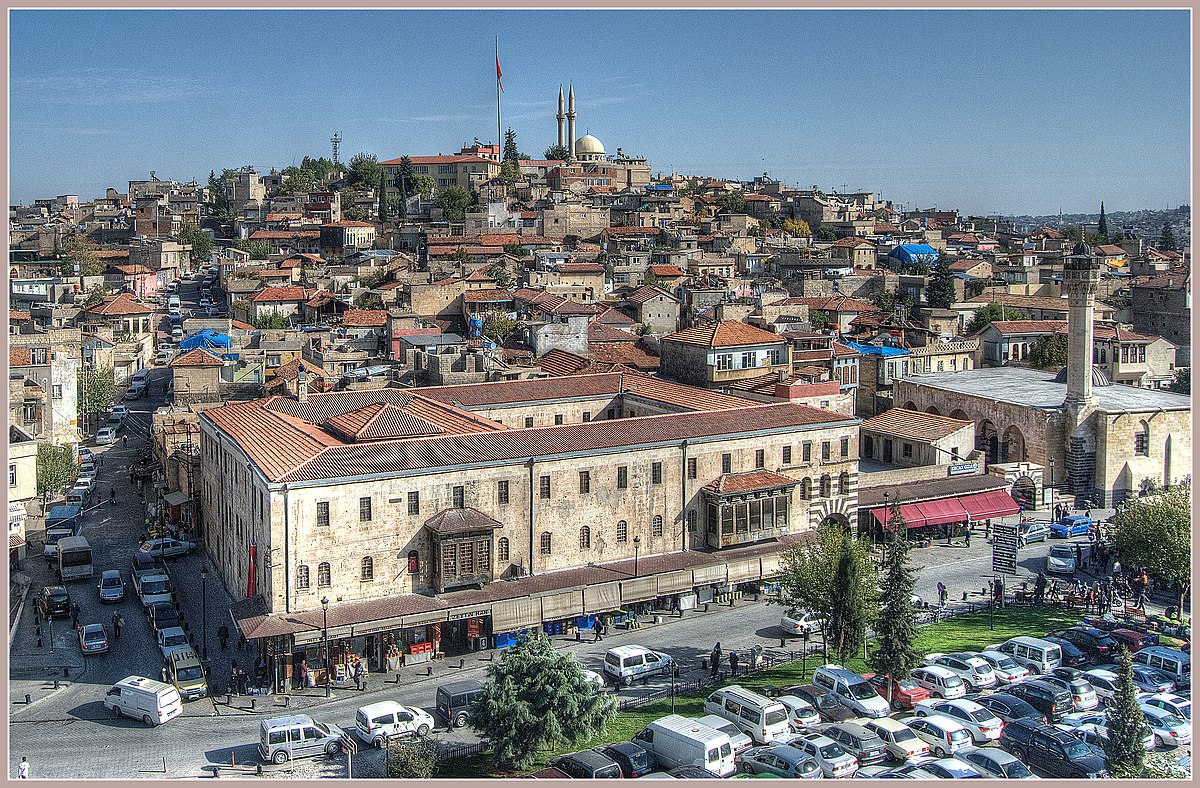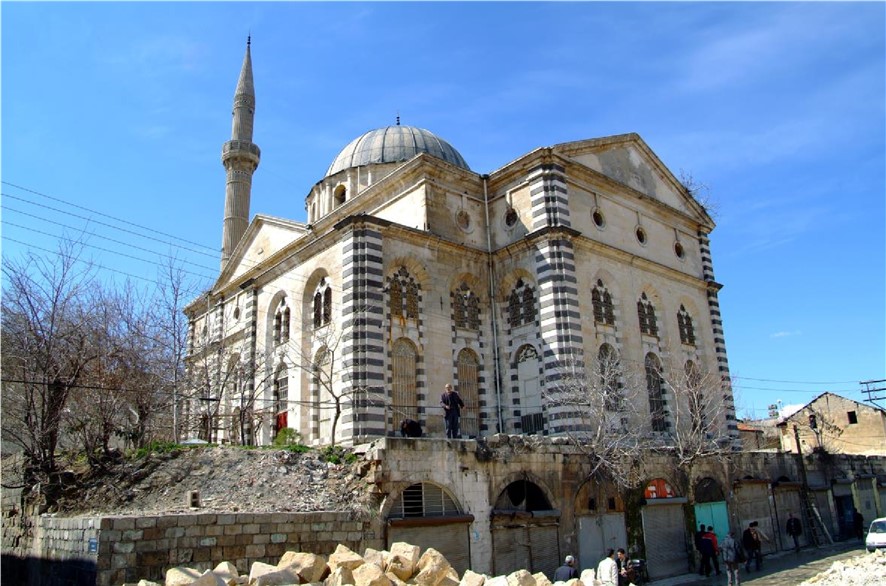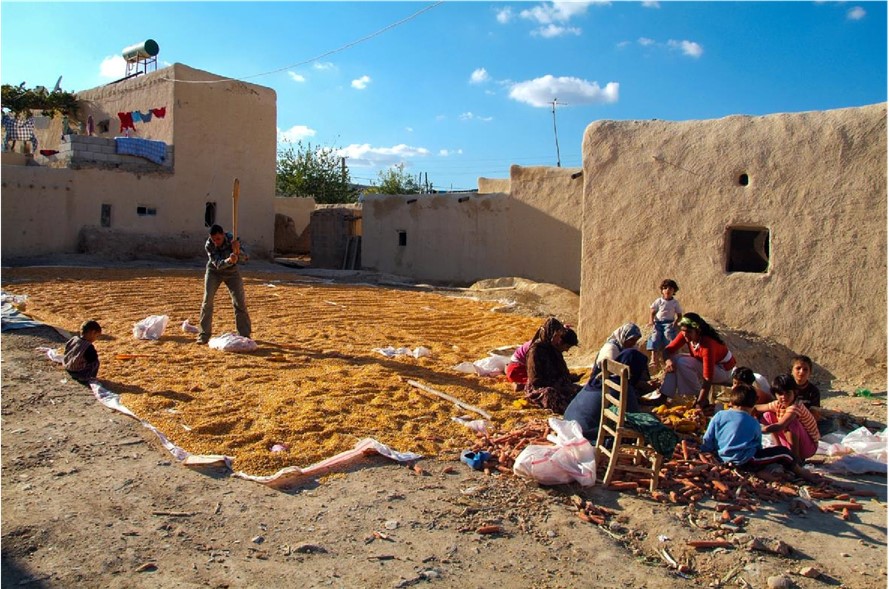City
Gaziantep
Main actors
Local Government, City Government, Private Sector, Community / Citizen Group
Project area
Metropolitan Area
Duration
Ongoing since 2007
A policy to address the neglect of cultural heritage assets and ensure their long-term sustainability.
Gaziantep, a city in Southern Turkey previously dominated by various sized industrial enterprises and accompanying services, was classified as one of Turkey’s new local industrial nodes in 2005. This industrial growth created employment opportunities, attracting the nearby rural population and leading to a kind of ruralisation of the urban centre.
Despite the richness of Gaziantep’s tangible and intangible cultural heritage, most of the city’s assets remained abandoned. People were unaware of the value of cultural heritage and culture was not an important source of local revenue.
The City’s development policies focussed on the active involvement of people as creators, performers, entrepreneurs, and visitors through the design of a cultural for a that is accessible to all citizens in terms of location and transportation.
The City’s policies also included an integrated gender perspective to encourage women’s participation in cultural life as well as to make use of their creative and productive potential.
The Mainstreaming approach lays a strong foundation for sustainable protection and production of culture by enabling the use of cultural assets for construction purposes. It promotes an inclusive environment for vulnerable groups through the improvement of infrastructure and rearrangement of transportation policies to minimize accessibility challenges.
External links / documents
On Map
The Map will be displayed after accepting cookie policy





